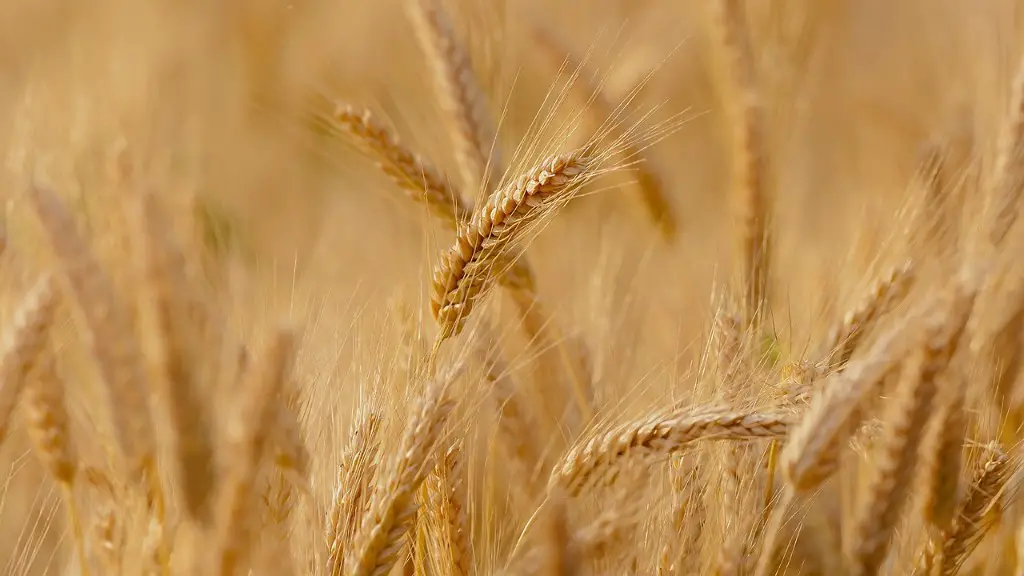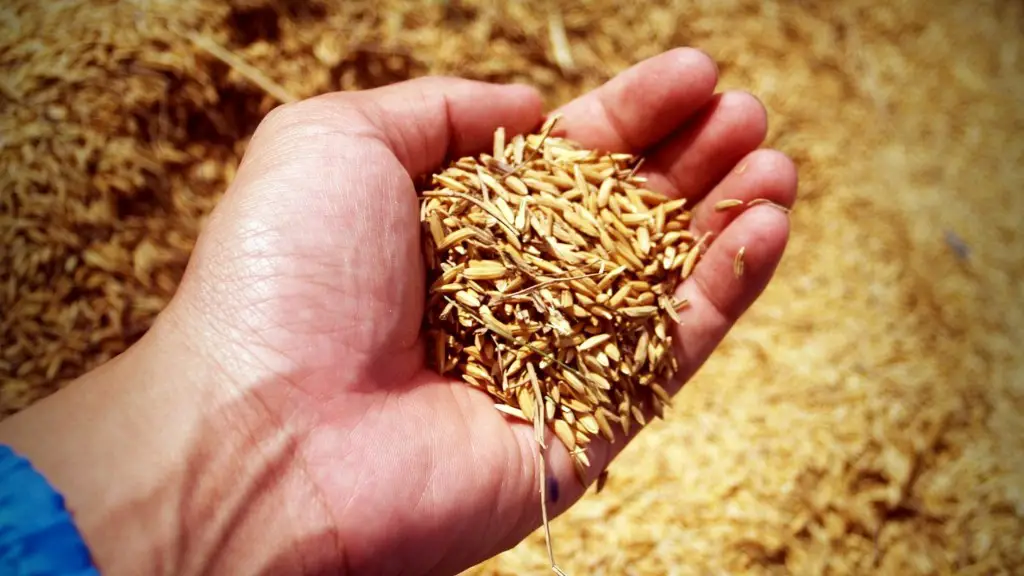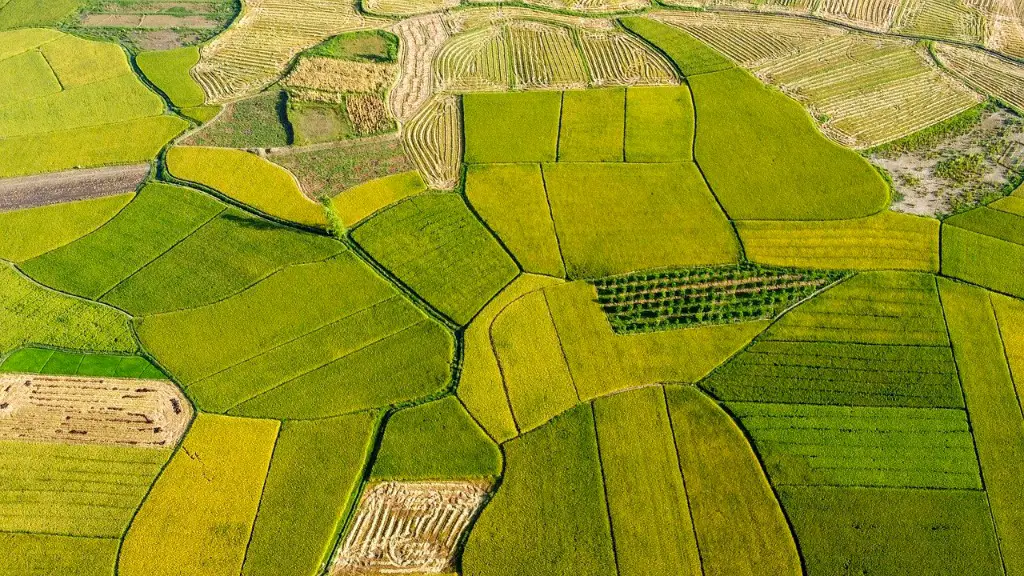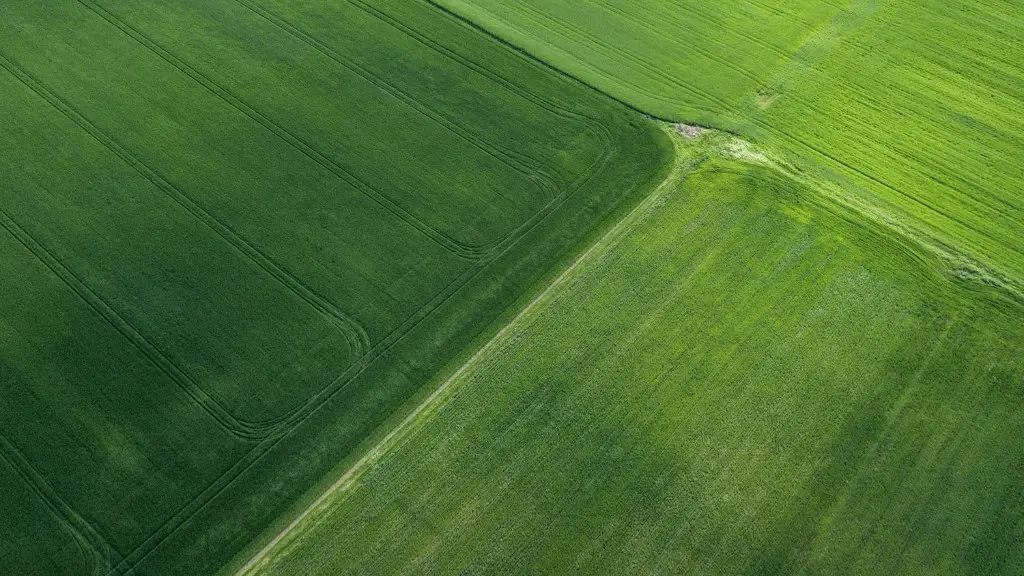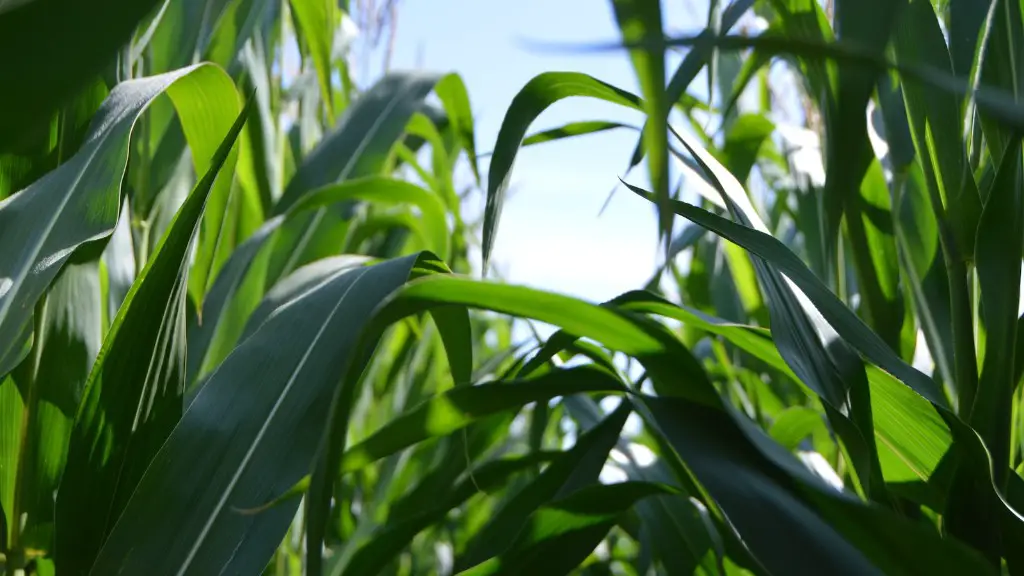Investing in agriculture can be an effective way to diversify your portfolio, get a steady return and support local farmers. But before you pour money into the sector, it’s important to understand how agriculture investments work and how to go about investing in agriculture. Here are the basics of how to invest in agriculture:
Start by researching markets and sectors. Before you make any investments, you’ll want to research the markets and sectors in which you want to invest. That research should include a close analysis of the supply, demand, pricing and historic performance of commodities or agricultural sector stocks. You’ll also want to be aware of any regional issues that could affect production and profitability.
Develop a plan. Figure out what kind of investment you want, how much you’re willing to invest, and when you plan to sell. Keep in mind the long-term nature of some agriculture investments, and plan accordingly. Don’t forget to research any tax implications for the investments you make.
Find investments that work for you. Depending on your resources, goals and strategy, you can choose from a range of different investing instruments, including stocks, mutual funds, exchange-traded funds (ETFs), agricultural futures, equipment financing and impact investments.
Consider your risk. Before investing, assess the degree of risk you can accept. If you’re feeling wary, consult with a financial advisor or investment specialist. They can help you develop an approach that works with your risk tolerance and financial goals.
Diversify. To manage risk and get the most out of your investments, spread them out between different commodity crops and agricultural stocks. That way, if one crop or stock performs poorly, another could pick up the slack.
Stay informed. Keep an eye on the market, trends in demand and production, natural disasters, changing local and federal policies and economic indicators. This will help you ensure your investments stay on track.
Risks and Benefits of Investing in Agriculture
When considering investments, it’s important to weigh the risks and benefits. Investing in agriculture can be risky as natural disasters, disease, pests and extreme weather can damage crops, driving down prices and creating losses. Also, there is always the possibility of policy shifts that could affect earnings and market prices.
On the plus side, the sector has been resilient. The profits can be steady, the risk diversified and the investments thoughtful. Plus, investing in agriculture can help support local and global farmers, suppliers and food providers in developing countries.
As well, agriculture investments can act as a great hedge against adverse financial conditions, such as a recession, as the sector increases when other assets decrease.
Inflation can also be a benefit for agriculture investors. As the cost of living rises, so does the cost of food. That’s good news for anyone holding agricultural stocks or investments.
In addition, investments can generate growth opportunities and help improve the lives of the individuals involved in production. As consumers become more aware of food production, ethical investments in agriculture can benefit society as well.
Types of Agriculture Investments You Can Make
There are lots of ways you can invest in agriculture, from companies that process or distribute agricultural products to those that finance or support those involved in production.
Agricultural stocks and equity funds are the most common types of investments, and they can provide great returns. You may also want to consider investing in agricultural commodities, such as commodities like oats, wheat, corn and soy, which are traded on exchanges. Or you can invest in agricultural futures, options and other derivatives, which can provide great opportunities for price speculation but come with added risks.
Finally, you could consider investing in mutual funds, ETFs, agricultural equipment financing and impact investments, each of which has its own benefits and risks.
When it comes to investments in agriculture, be sure to evaluate your own financial needs, risk tolerance and long-term goals. An experienced financial advisor or investment specialist can help you develop an investment approach that works for you.
What to Look For in an Agriculture Investment
Start by doing your research. Ensure that the company you’re considering is a sound environmental and corporate steward, and that it has a positive track record. Also, do an evaluation of the market and sector you’re investing in, and review any regional issues that could affect production or profitability.
Also, compare different investments and products for their expected return and risk factors. And consider any pricing trends, supply and demand, global market dynamics and other external factors, such as subsidies and tariffs.
In addition, consider the management team. Are their goals the same as yours? Are they focused on providing the best return on your investment? Do they have a strong reputation in the industry?
Finally, be mindful of any tax implications or fees associated with your investments. These can significantly reduce your expected returns.
Using Technology to Invest in Agriculture
Technology is revolutionizing the way we invest in agriculture and food production. Technology-based investments, such as automated farms, robotic and machine learning technologies, and blockchain applications, offer unparalleled opportunities to increase efficiency and improve yields.
Robotic technology, such as robots that monitor food production and harvest crops, is one way to increase production efficiency. These robots can do things like monitor soil moisture and climate conditions, detect pests and diseases, and alert farmers when food is ready to be harvested.
Machine learning technologies can also play a role in improving yields. Using data from satellite images, soil sensors and field cameras, these technologies can provide quick, actionable insights that help farmers identify issues and better manage resources.
Finally, blockchain technology is being used to streamline the agriculture supply chain, reduce costs, increase visibility, reduce food waste and ensure food safety. This is especially beneficial for smaller producers and agricultural projects.
The Bottom Line
In conclusion, investing in agriculture can be a great way to diversify your portfolio and get a steady return. But make sure you do your research and understand how it works before investing. Also, consider different investing instruments and make sure you’re aware of any risks or tax implications. Finally, use technology to make smarter and more informed investments.
